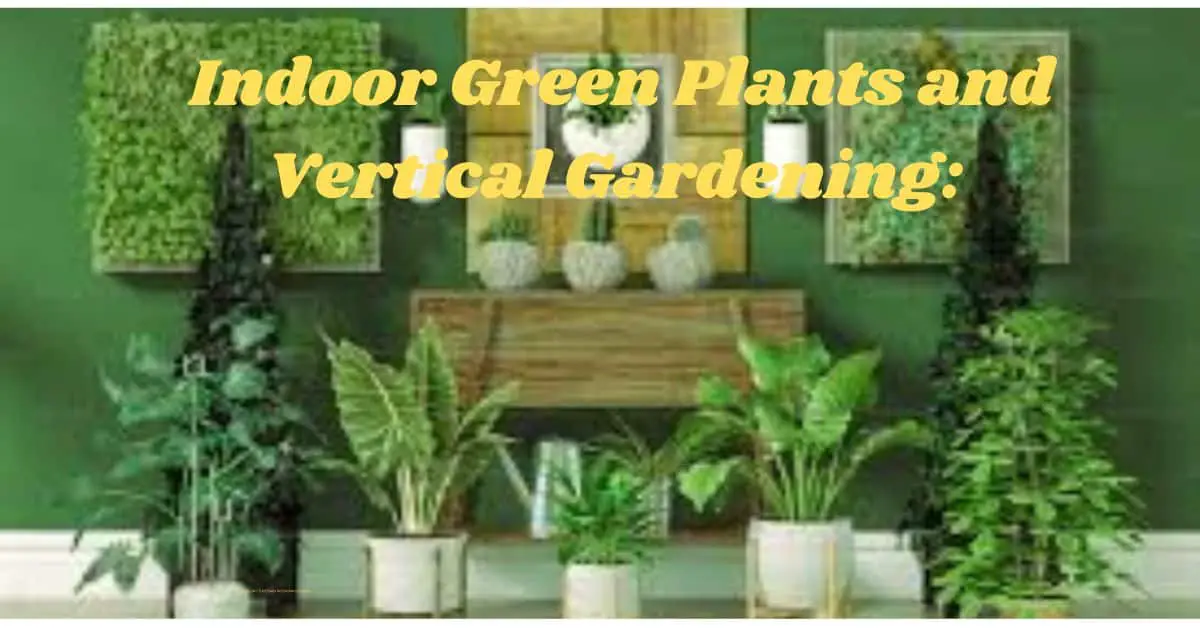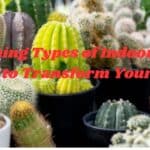Indoor green plants have long been loved for their ability to breathe life into a home. Adding plants inside not only enhances aesthetics but also brings numerous health benefits. Vertical gardening, in particular, has gained popularity as a space-saving, eye-catching way to grow a variety of plants, even in compact spaces. Whether you’re a plant newbie or an experienced gardener, indoor green plants and vertical gardening can transform any room. Here, I’ll share practical advice, personal insights, and a few tried-and-true tips to help you create a vibrant indoor oasis.
Table of Contents
Why Choose Indoor Green Plants?
Indoor plants are more than just decorative pieces. Research shows they improve air quality, reduce stress, and add a sense of calm to indoor environments. Plus, taking care of plants can be therapeutic, offering a simple daily ritual to care for something living.
I initially started with a single pothos plant, and the energy it brought to my home was incredible. Over time, I added more indoor green plants, turning my living space into a cozy, green haven. Not only did the plants improve the air, but they also gave the room a fresh, welcoming feel that guests always compliment.
What is Vertical Gardening?
Vertical gardening is a technique that utilizes vertical space for growing plants, making it ideal for small apartments, studios, or anywhere floor space is limited. By hanging plants or using shelves, trellises, and wall planters, you can grow plants without cluttering surfaces. Vertical gardens work wonders for people who want a rich, green display but don’t have the space for large pots or sprawling plant setups.
One of my favourite areas in my home is my vertical herb wall in the kitchen. It’s a simple DIY project I created using wall-mounted pots, where I grow fresh basil, thyme, and mint. The green wall is practical, aesthetically pleasing, and a wonderful space-saver!
Best Indoor Green Plants for Vertical Gardens
When choosing plants for a vertical garden, it’s essential to consider how well they adapt to the specific environment. Here are a few easy-care, versatile plants that work great in indoor vertical gardens:
- Pothos (Epipremnum aureum)
Pothos is incredibly hardy and adaptable, making it one of the best choices for beginners. Its trailing vines can hang beautifully from shelves or planters, creating a natural, cascading effect. - Philodendron
Similar to pothos, philodendrons come in various types with lush, heart-shaped leaves that add a pop of greenery. They do well in indirect light and have low water needs, making them ideal for indoor settings. - Spider Plant (Chlorophytum comosum)
The spider plant is an attractive, low-maintenance choice with variegated leaves. It’s known for producing “pups” or plantlets that can be propagated easily, creating a fuller look over time. - English Ivy (Hedera helix)
English ivy adds an elegant, classic touch to any vertical garden. Its vines grow quickly and are perfect for covering trellises, walls, or hanging planters. - Ferns
Ferns like the Boston fern or maidenhair fern add lush texture and look fantastic in a vertical arrangement. They thrive in humid spaces, making them ideal for bathrooms or kitchens. - Succulents
Succulents are great if you want a low-maintenance, drought-tolerant option. With their compact structure, they’re perfect for wall-mounted planters or small shelf arrangements.
Personal Tip: I find that combining different types of plants, like a mix of ferns and pothos, adds depth and interest. This creates a multi-layered effect that makes the garden look fuller and more dynamic.
Designing Your Indoor Vertical Garden
Creating an indoor vertical garden can be as simple or elaborate as you like. Here are some ideas to inspire your design:
- Hanging Baskets
Hanging baskets are classic choices for indoor vertical gardening. Group a few at different heights in a well-lit corner for a layered look. - Wall-Mounted Planters
These planters attach directly to the wall and come in various shapes and sizes. They work particularly well in kitchens, bathrooms, or entryways where floor space is limited. - Wooden Trellises
Attach a trellis to a wall and let climbing plants like philodendrons or ivy grow upward. Trellises give the plants structure and create a natural, earthy focal point. - Shelving Units
If you have a large, empty wall, add a set of shelves for small pots or succulents. Shelves allow you to switch out plants easily, creating a versatile, evolving garden. - Hanging Grid Systems
Hanging grids are ideal for arranging smaller pots in a compact space. You can switch plants around easily, making this a flexible option.
Personal Tip: I set up a simple hanging basket system in my living room corner. I used three baskets at varying heights, filling each with a different plant. This layered effect creates a mini jungle vibe and draws the eye upward, adding height to the space.
Tips for Taking Care of Indoor Vertical Gardens
While indoor green plants are relatively easy to care for, there are a few things to keep in mind when setting up a vertical garden indoors:
- Light
Light needs vary depending on the plant. Place your vertical garden in a spot with adequate natural light. South-facing windows are ideal for most plants, but if your home has limited light, consider adding a grow light. - Watering
Hanging and vertical arrangements tend to dry out faster than potted plants. Check the moisture level of each plant regularly. Overhead watering cans with long spouts or spray bottles are helpful for watering hanging baskets without making a mess. - Drainage
Ensure that each planter has good drainage. Excess water needs to escape to prevent root rot, so look for pots with drainage holes or add a layer of pebbles at the base if necessary. - Humidity
Some indoor green plants, like ferns and philodendrons, thrive in humid environments. Mist the plants or use a humidifier in drier rooms. Bathrooms and kitchens, with natural humidity from showers and cooking, are often perfect for humidity-loving plants. - Pruning and Maintenance
Regular pruning keeps plants from overgrowing and maintains the visual appeal of your vertical garden. Remove any dead or yellowing leaves to promote new growth and keep your plants looking their best.
Final Thoughts: Bringing Your Indoor Vertical Garden to Life
Creating an indoor vertical garden with green plants brings a refreshing change to any home. It’s a wonderful way to use limited space and introduce nature’s calming energy into your daily life. Start small if you’re new to gardening; even a couple of hanging baskets in the right spot can make a huge difference. Over time, you can add more plants and experiment with different arrangements until you find what works best for your space and lifestyle.
For me, adding an indoor vertical garden has been a rewarding experience. Each plant feels like a mini accomplishment and adds a touch of personal character to my home. It’s a small way to feel connected to nature, and it’s always a joy to see the plants thriving.
So, whether you’re looking to purify your air, beautify your home, or simply embrace the joy of indoor gardening, a vertical garden filled with indoor green plants is a wonderful way to go. Enjoy the journey and happy planting!










